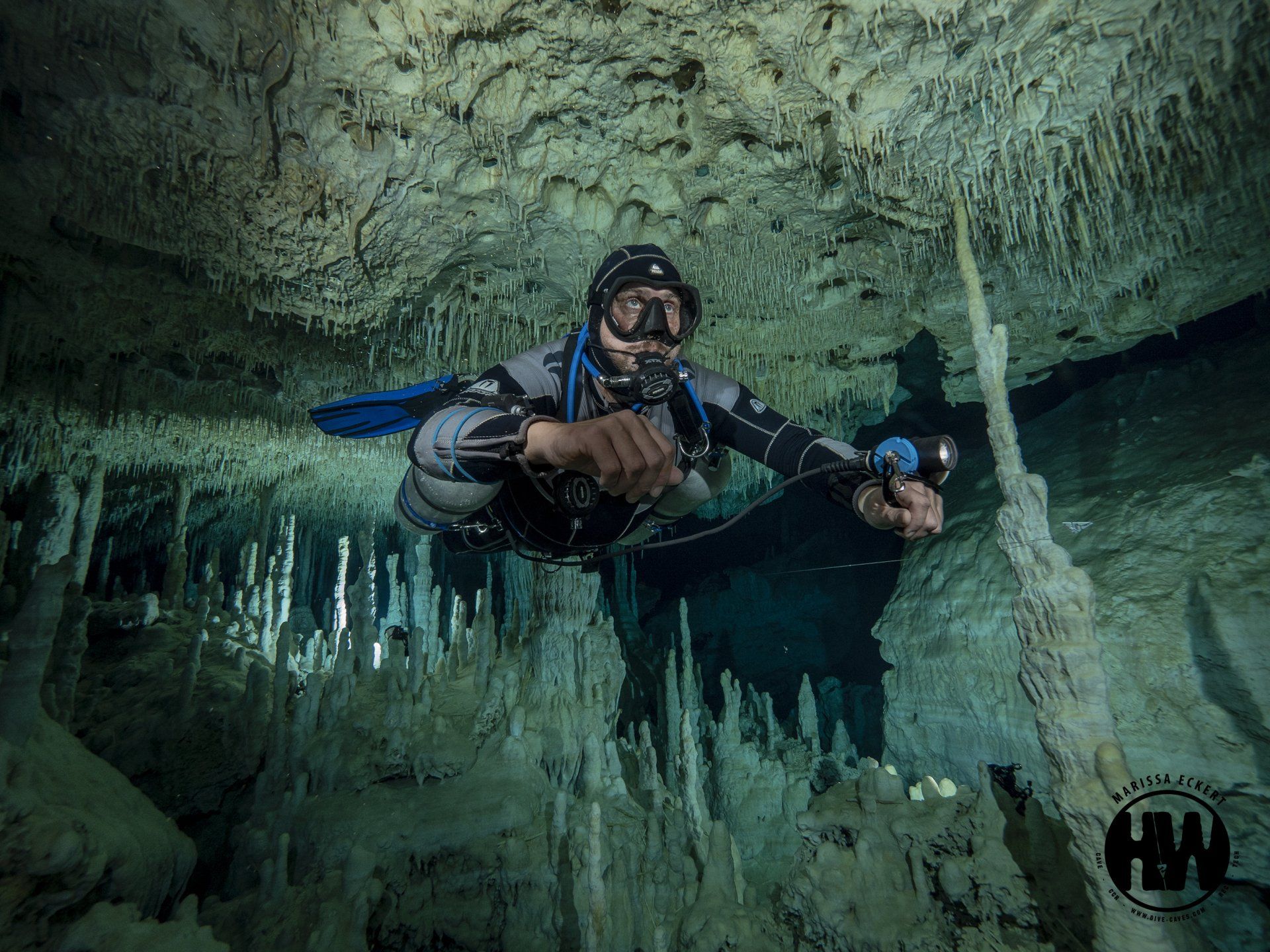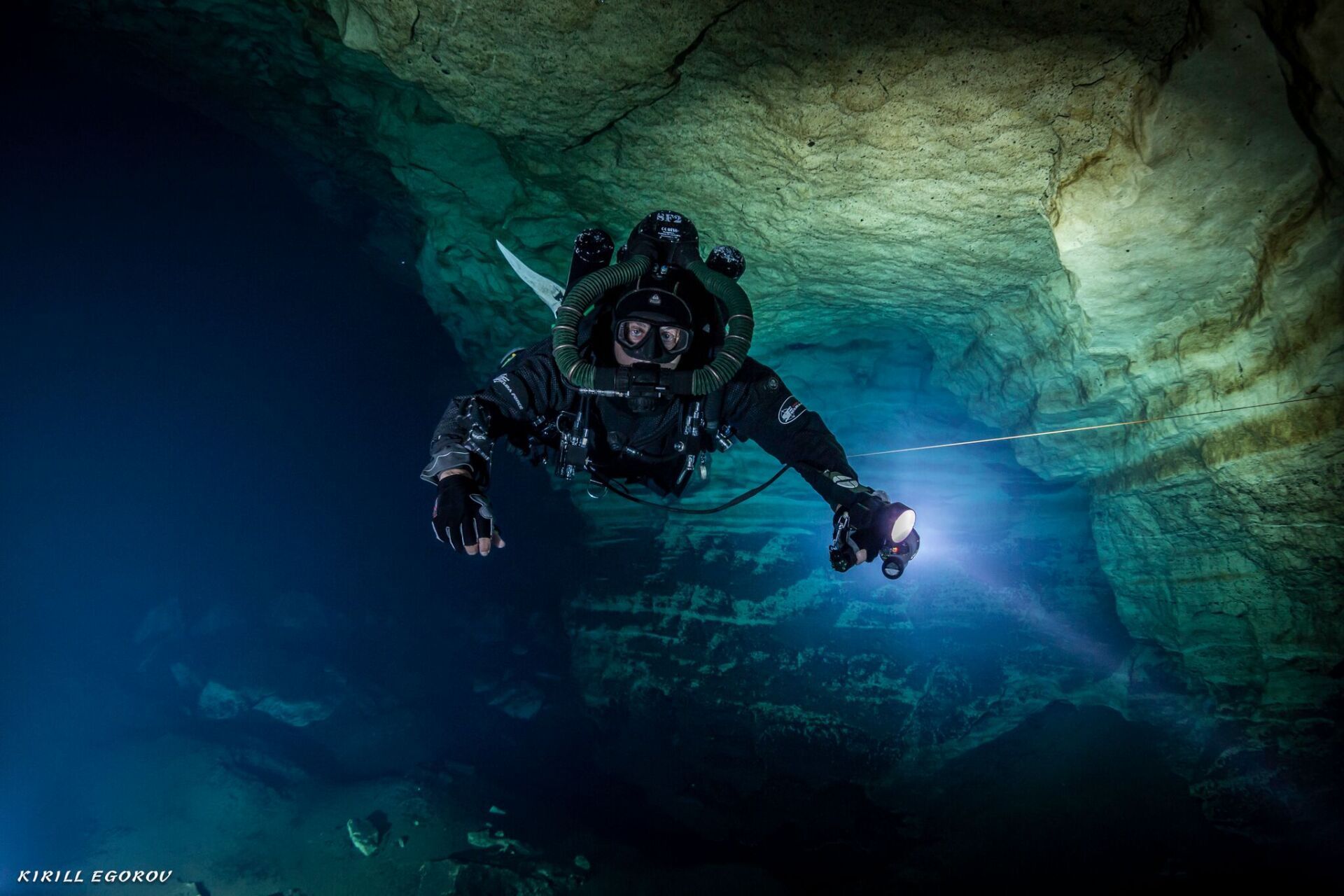The Advantages of Sidemount Diving
When it comes to diving, sidemount is fast becoming the preferred method, especially for technical divers. Here are just a few of the advantages that sidemount has to offer.
Redundant Gas Supply
One of the biggest advantages of sidemount diving is the fact that it offers a redundant gas supply. This means that if one cylinder runs out of gas, you have a backup. This is vital for safety in diving, as it reduces the risk of an out-of-air situation.
Ease of Managing Free-Flowing Regulators
Another advantage of sidemount diving is that it is much easier to manage free-flowing regulators. This is because the regulators are not attached to your body, so you can easily reach them and stop the flow of gas. With traditional backmount systems, the regulators are often difficult to reach, which can be dangerous in an out-of-air situation.
Reduced Weight Out of the Water
Sidemount diving also has the advantage of reduced weight out of the water. This is because you are not carrying two tanks on your back, which can be very heavy. Sidemount diving also allows you to adjust your buoyancy more easily, which can be helpful when diving in different conditions.
The ability to navigate bedding planes
Sidemount diving gives you the ability to navigate bedding planes much more easily. This is because you have more freedom of movement and can contort your body into tighter spaces. This can be very helpful when exploring caves or wrecks.
Less prone to catastrophic failures versus manifold doubles
Another advantage of sidemount diving is that it is less prone to catastrophic failures than manifolded doubles. This is because each cylinder has its own regulator and there is no need for hoses or manifolds. If one regulator fails, you still have a backup.
Sidemount diving has many advantages over traditional backmount diving, including redundant gas supply, ease of managing free-flowing regulators, reduced weight out of the water, and more. If you're looking for a safe and efficient way to dive, sidemount might be right for you.



